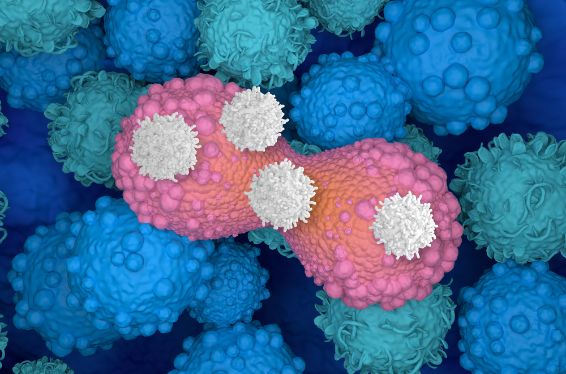People who are diagnosed with cancer that has already spread to other parts of the body often face a variety of complex emotions. While most metastatic cancers aren’t curable, treatments can help manage symptoms and improve quality of life. Talk with your healthcare team about the emotional impact of a metastatic cancer diagnosis and ways to support yourself.
Most commonly, cancer cells from one part of the body can break away from the original tumor and enter the bloodstream or lymphatic system — superhighways that carry fluids around the body. The cancer cells can then settle and grow in other parts of the body, including liver, lungs and bones. This type of cancer is called metastatic or stage IV cancer.
Typically, the cancer in the different parts of the body behaves differently, but treatment is usually based on how and where the original tumor developed. For example, if breast cancer metastasized to the liver, doctors treat it like they would colon cancer that had spread to the liver. In some cases, it is possible to prevent the spread of metastatic cancers by removing primary tumors and treating the cancer in other areas before it has a chance to spread further.
If you’ve been diagnosed with a metastatic cancer, it’s important to seek care at a designated comprehensive cancer center. These centers have teams of specialists who are specialized in treating your type of cancer. They also offer many clinical trials, which are designed to test new therapies for advanced or metastatic disease. Many of the treatments now considered standard of care for metastatic cancer came from these kinds of studies.

Some people who have metastatic cancer are first diagnosed with the spread of the cancer during routine checkups or after they’ve finished treatment for a non-metastatic cancer. If your cancer has already spread, the team at your comprehensive cancer center will work to keep it under control and reduce your symptoms with a combination of medicines and other therapies.
Researchers are studying how metastases develop from multiple angles, including by growing organoids — 3D balls of cells grown in the lab from tissue samples — to understand their characteristics. They are also searching for molecular patterns that could identify patients whose cancers are more likely to spread.
If the cancer has spread to your lungs, your health care team will watch for signs and symptoms such as coughing up blood, chest pain or fluid around the lungs. They may order additional tests to check for other health problems that can cause these symptoms. If the cancer has spread to your bones, your health care team will look for other symptoms, such as bone pain or fractures. They may prescribe medicine or recommend other treatments, such as radiation therapy or gamma knife surgery. Some patients also use complementary therapies in addition to traditional medical treatments. These can include exercise, massage, relaxation techniques and meditation.








